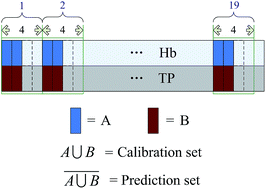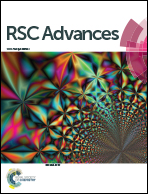Calibration set selection method based on the “M + N” theory: application to non-invasive measurement by dynamic spectrum
Abstract
An appropriate method for calibration set selection is very important for a robust quantitative model, especially for the non-invasive measurement of blood components. Partial least squares regression (PLSR) is one of the most popular regression methods for establishing multivariate calibration models with spectroscopic data. However, the success of the PLSR model depends on the availability of a representative set. The “M + N” theory provides a new idea for improving the model reliability of composition analysis, with M being the component information and N representing the outside disturbance. Herein, a new calibration set selection method based on “M + N” theory is proposed. For M elements, the method considers both the target and non-target components. Dynamic spectrum (DS) is a non-invasive blood composition analysis method based on PPG. In this study, we applied a new calibration set selection method for the prediction of hemoglobin by the PLSR model with the DS method. The total protein was regarded as the non-target component, which is the most important component in the blood after hemoglobin. The experimental results showed that compared with the random selection method, the new selection method can significantly improve the model accuracy. The correlation coefficient of the new selection method was increased by 8.03% and RMSEP was reduced by 15.41% than that of the selection method when only considering the hemoglobin concentration distribution. The experimental results verify the performance of the proposed calibration set selection method, which can guide the chemical composition analysis based on the spectrum to improve the prediction performance.


 Please wait while we load your content...
Please wait while we load your content...